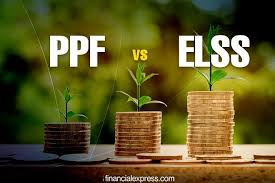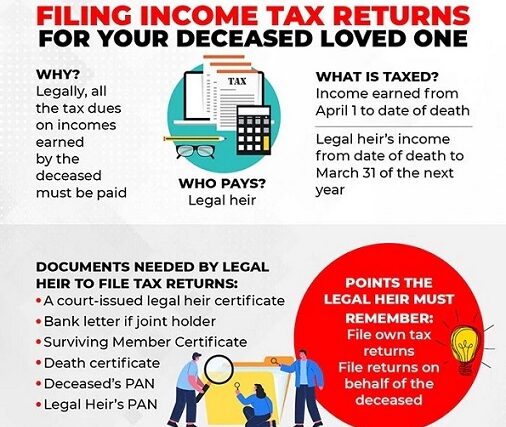Depending on your goals and risk appetite, make a suitable investment choice
Depending on your goals and risk appetite, make a suitable investment choice
It is that time of the year when tax-saving discussions happen frequently among people. And those that haven’t integrated tax-saving with their overall goal-based financial plan, are the main participants in such discussions.
One such discussion among savers is whether they should invest in PPF (public provident fund) or do so in ELSS (equity linked saving schemes) for tax saving.
But, is it right to compare medicines just based on their side effects?
Absolutely not! Right?
You would first be concerned about the intended effects of the medicine and then about its side effect.
The same is the case with the ELSS versus PPF discussion as well.
Similar benefits, but different products
Both are savings/investment products with the common benefit of tax saving. But we can’t just compare the two plainly because they offer a common secondary benefit (of saving on tax).
ELSS and PPF are two completely different products.
So, when two things are fundamentally different, there is actually no point comparing them. But people still do so and, therefore, we need to address this aspect.
The PPF is a government-backed, pure debt product that offers assured returns. And as you would agree, these returns are limited (around 8 per cent) due to the very nature of such debt products. ELSS, on the other hand, is an equity-linked product that aims to earn more than the risk-free rate of returns (such as the PPF’s 8 per cent). So, due to higher risks, ELSS’ returns can be higher, even though they aren’t assured or guaranteed and fluctuate between highs and lows (even negative) based on market movements.
Quality ELSS funds deliver better average returns (of around 12-15 per cent).
So should you simply ignore PPF and invest only in ELSS? Such an approach isn’t advisable.
How and where you invest should be driven by your goals and investment horizon. If you are investing for your long-term goals, then the portfolio should have a larger equity component. And for short-term goals, it should be a debt-heavy portfolio. Different financial goals require different asset allocation. Also, there is a need to understand your risk profile (appetite, tolerance and capacity) and then chose a suitable asset allocation between equity and debt instruments so that sufficient returns can be generated without taking unnecessarily heavy risks.
Blend with financial planning
So what should you do?
- First you need to integrate your tax saving with your goal planning exercise. Since you will need to keep saving on taxes for many years to come, align your Section 80C tax saving needs (of which ELSS and PPF are a part) with your retirement savings goal.
- If your 80C limit of Rs 1.5 lakh is already exhausted by home loan principal repayment, EPF contributions, insurance premiums, then you don’t need ELSS. You can simply invest in non-ELSS funds for equity exposure towards your retirement goal.
- If the limit isn’t exhausted and you are making up your mind between investing in the PPF or in ELSS for retirement, first find out the right asset allocation for your retirement saving goal. If the debt component is taken care of by the EPF, then you can invest in ELSS for the remaining requirement.
But there are two more important aspects of choosing between the PPF and ELSS choice.
- ELSS has a lock-in of three years. But being an equity product, it is ideally suited for the long term (5-7 years or more). So, even after three years, you shouldn’t withdraw from ELSS and must try to remain invested for longer. Also, since equity returns in the short term can be unexpectedly low, you should be ready to stay on for much longer than the lock-in period of three years, if need be.
- PPF has a lock-in of 15 years. This is a pure long term product. But, we know that equity gives better return over the long term. So, if you are investing for retirement, don’t just stick to PPF. You should also introduce equity into your retirement savings (via ELSS, equity funds, etc.) to ensure that your retirement savings beat inflation in the long run.
When it comes to generating potentially higher returns over the long term, ELSS does score over PPF. Depending on your goals and risk appetite, make a suitable investment choice.






